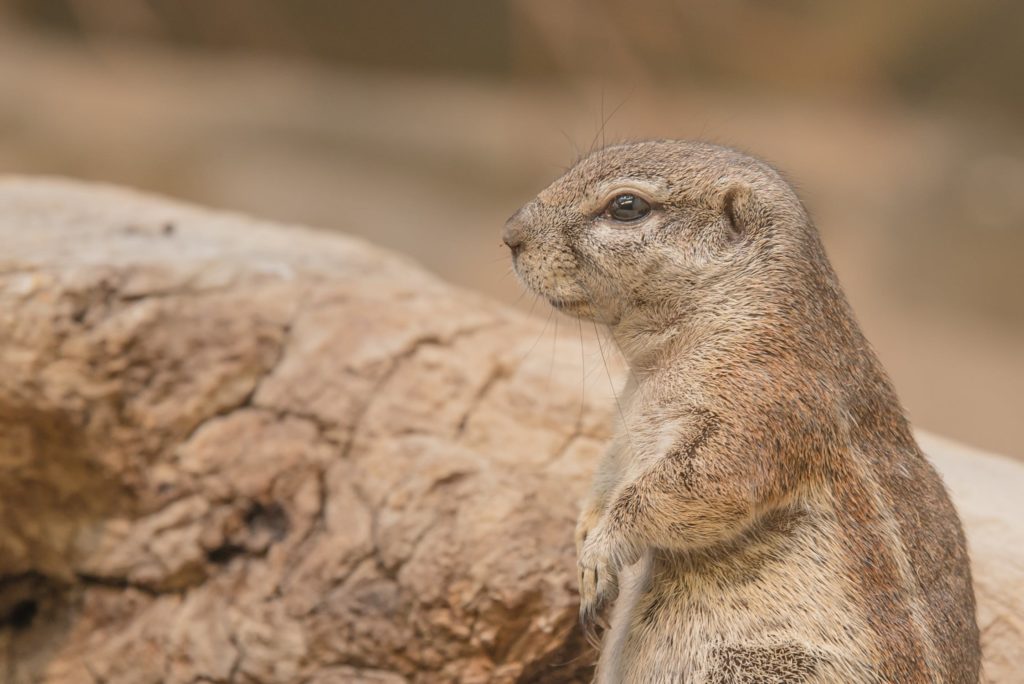
North America’s most endangered mammal is the Black Footed Ferret. Until recently, the Black Footed Ferret (BFF) was thought to be extinct, but in central Montana a scant population of them have been found in the wild. The World Wildlife Fund (WWF) estimates that there are around 370 BFFs in the wild today. What has nearly wiped out this species is mostly due to a plague effecting their primary food source, the prairie dog.
Prairie dogs are a main source of food for many prairie creatures, but their colonies are being killed off by the Sylvatic plague. This is a disease that effects the rodents much like how the bubonic and pneumonic plagues effect humans. Conservationists aren’t worried about prairie dogs becoming endangered, they reproduce quickly enough. However, when a colony becomes infected with the Sylvatic plague their numbers are reduced to a point that they are no longer maintaining adequate food source status. So Kristy Bly of the WWF and Randy Matchett, a Fish and Wildlife biologist, have come up with a plan. Save the prairie dogs, save the ferrets.For Bly and Matchett to save the prairie dogs they have to inoculate them from becoming infected with the Sylvatic plague. Traditionally to do this a team of biologists would go into a colony to try and capture and manually vaccinate as many animals as possible. However, this is an entirely time consuming and ineffective method. And since this plague can wipe out a colony in a matter of weeks, time is of the essence. Instead they came up with the idea to use a drone to try and vaccinate a colony all at once.
Bly, Machette, and a team of engineers designed a drone to deliver peanut butter flavored pellets loaded with a vaccine into prairie dog colonies. They named the drone “Shep” and it is a drone with four top mounted rotors that can carry a case of the pellets to be remotely released. They fly the drone over the prairie and into the dog colonies. They have to try and release the pellets as accurately around the colony as possible otherwise, as Machette points out, “We have to drop one bait every 30 feet. If we don’t spread them out uniformly, one big, fat prairie dog could eat them all.”
So it is still a time consuming process, but it is far more effective than trying to manually vaccinate prairie dogs. As Machette said, “It is the fastest, cheapest way to distribute the vaccine.” Once the prairie dogs are vaccinated their numbers will increase to a point that they can once again hold their place in the food chain. Bly and the WWF will then release captured Black Footed Ferrets into the prairie dog colonies where they will be able to use the prairie dog tunnels for their own nests and hopefully enjoy a buffet of disease free meals.
|